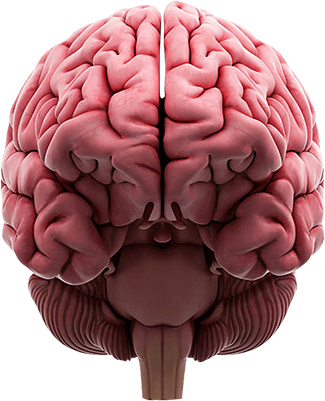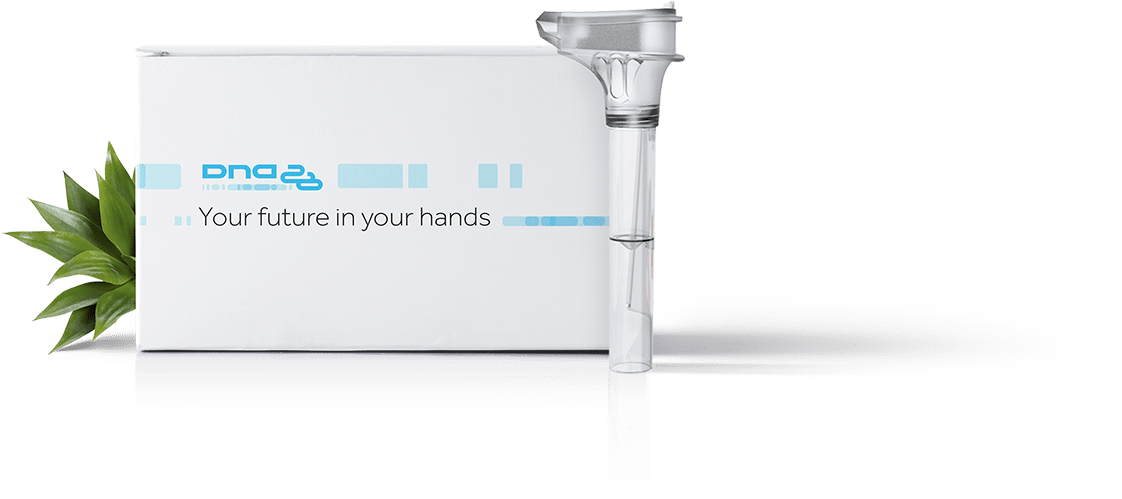Drug therapy is generally used as a supplement to surgery. The indications may call for the use of drugs to suppress thrombus formation and thin the blood, or to relieve vascular spasm. Analgesics and sedatives may also be used.
It is important to bear in mind the importance of treating diseases that aggravate the course of cerebral aneurysms and trigger ruptures. Patients with arterial hypertension should take hypotensive drugs in a regimen that can maintain blood pressure at physiological level. Where lipid exchange disruption is identified or clinical signs of atherosclerosis are present, dietary treatment, weight correction and hypolipidemic therapy are indicated.
Appropriate treatment of conditions in the aneurysm risk group can minimize the likelihood of the aneurysm rupturing.




